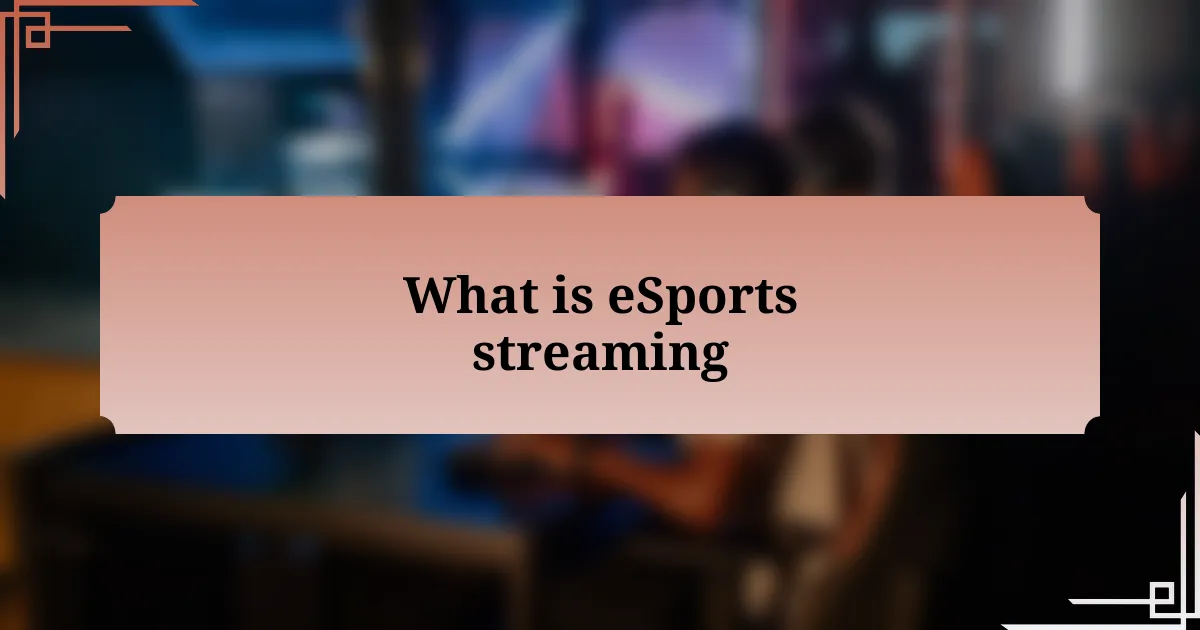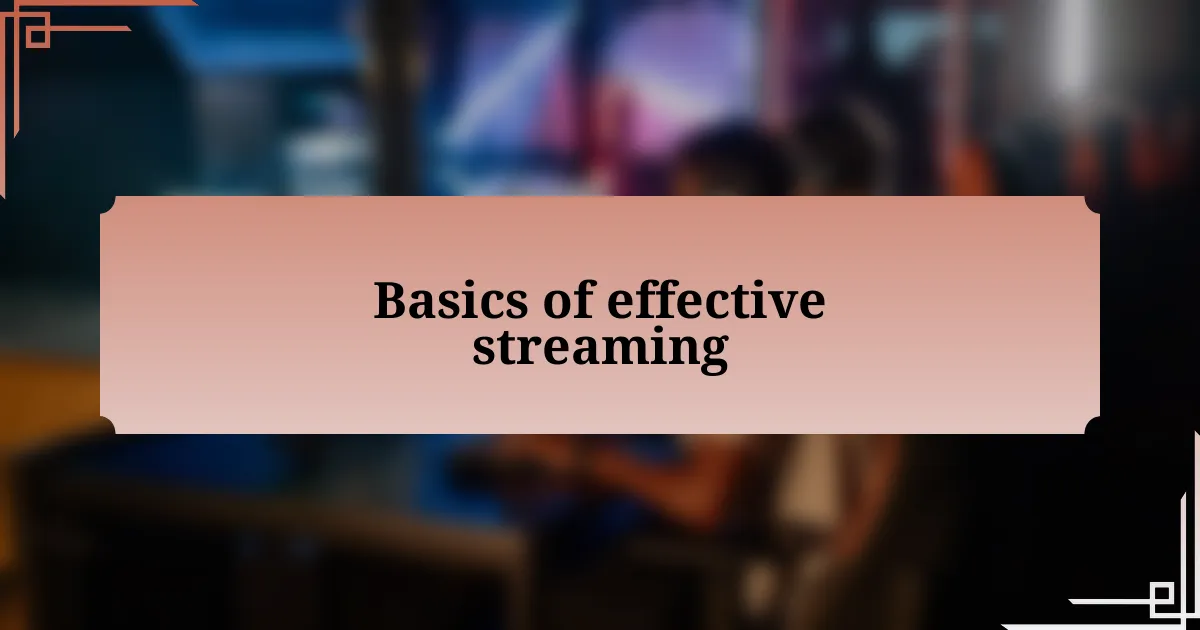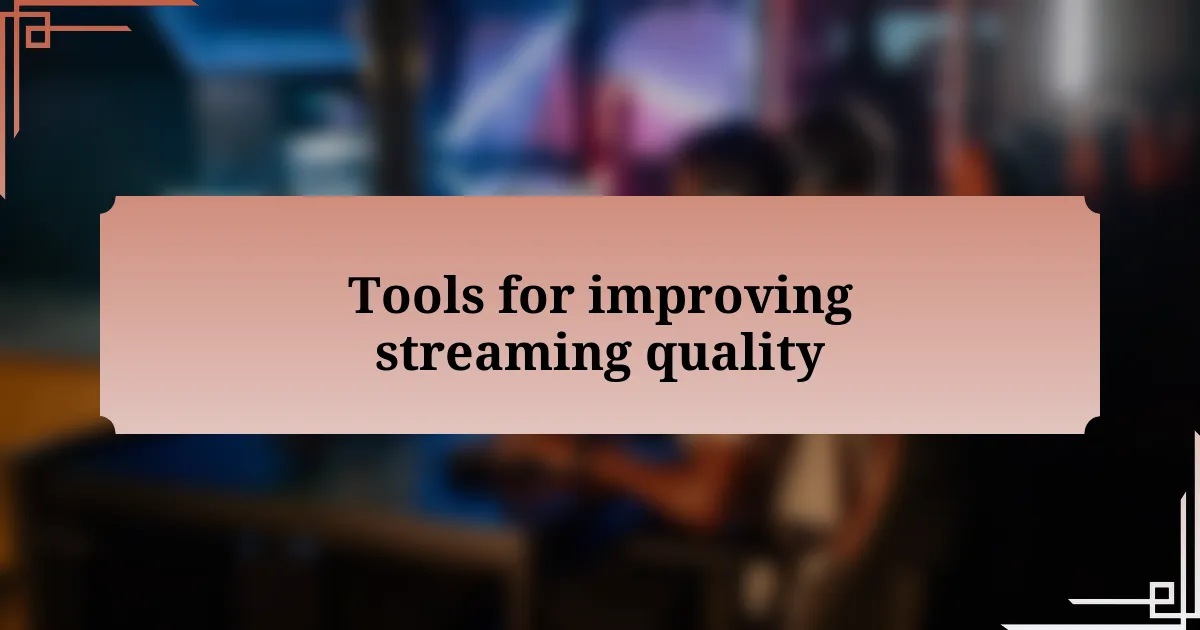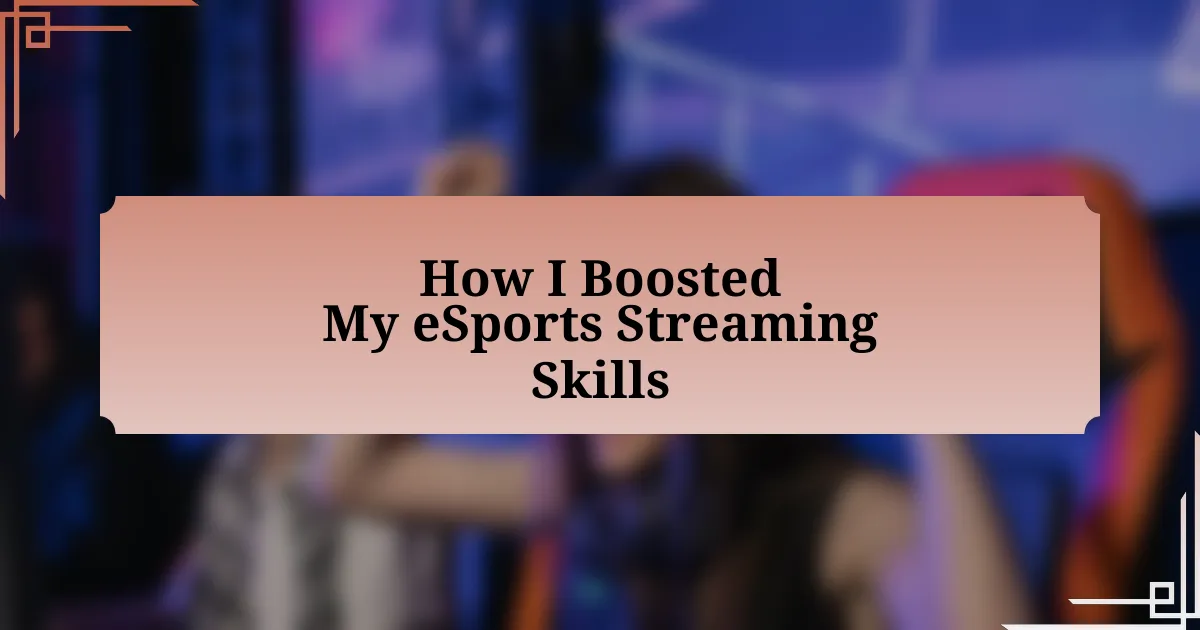Key takeaways:
- eSports streaming fosters community engagement and viewer interactivity, enhancing the overall experience for both gamers and audiences.
- Skill development is essential in eSports, influencing player performance, strategy execution, and brand appeal among viewers.
- Effective streaming relies on quality equipment, clear communication with viewers, and consistent scheduling to build a loyal audience.
- Fostering viewer connections through personal storytelling and interactive elements like polls can greatly enhance audience engagement and participation.
Author: Evelyn Hartley
Bio: Evelyn Hartley is an award-winning author known for her compelling narratives and richly drawn characters. With a background in psychology and literature, she weaves intricate tales that explore the complexities of human relationships and the intricacies of the human psyche. Her debut novel, “Whispers in the Dark,” was celebrated by critics and readers alike, earning her a dedicated following. Evelyn’s work has been featured in various literary journals and anthologies, and she frequently speaks at writing conferences and workshops. When she’s not writing, she enjoys hiking in the mountains and volunteering at her local animal shelter. She resides in Seattle with her two rescue dogs, Luna and Milo.

What is eSports streaming
eSports streaming is the live broadcasting of competitive gaming events, where players showcase their skills while viewers tune in to watch. I remember when I first stumbled upon a popular Twitch channel; the energy and excitement were palpable, and it felt like I was part of a community rather than just an observer. Isn’t it incredible how streaming creates a connection between gamers and their audience?
At its core, eSports streaming goes beyond mere gameplay; it’s about engaging with fans, building a brand, and creating an interactive viewing experience. I often reflect on how I felt when chat interactions made me feel involved in the match, influencing my enjoyment of the game in ways I hadn’t anticipated. Have you ever felt that thrill of participating in a live chat while watching your favorite player?
The platform has transformed the way we consume gaming, enabling viewers to witness top-tier skill while interacting with their favorite streamers. I’ve personally experienced the rush of cheering on a player during a clutch moment—it’s like being in the arena, right from my living room. Who wouldn’t want to be part of such an exhilarating experience?

Importance of skills in eSports
Developing strong skills in eSports is crucial, as they determine a player’s effectiveness and performance in competitive settings. I can’t emphasize enough how I felt the moment I improved my aim in a first-person shooter game; it was exhilarating! It’s like unlocking a new level of confidence; with every headshot I landed, my enjoyment and engagement in the game skyrocketed.
Moreover, skill mastery helps in strategizing during gameplay. I recall a heated match where I executed a perfectly timed flank, catching my opponents off guard. That moment wasn’t just about winning; it was about the hours of practice and analysis that led me there. How many times have you found yourself frustrated during a game, wishing you could make better decisions? The reality is, honing your skills can bridge that gap between frustration and triumph.
Lastly, skills contribute significantly to a streamer’s brand and audience connection. When I first started streaming, I noticed how my followers gravitated towards high-level plays and exciting moments. It sparked a realization: viewers love watching skilled players not just for the entertainment but for the aspiration to improve themselves. Have you ever admired a player’s skills and wished to emulate them? That’s the dynamic at play in eSports – fostering a community where mutual growth is inspired through skill.

Basics of effective streaming
Streaming effectively goes beyond just hitting the “go live” button; it’s about creating a connection with your audience. One thing I learned early on is the importance of engaging with viewers. I remember my first stream where I focused solely on gameplay and barely acknowledged the chat. It felt so lonely, like playing in an empty arena! Once I started interacting, everything changed. Suddenly, I had people rooting for me and sharing in the victories and defeats. Have you ever felt more energized playing with friends? That’s how I viewed my audience—an integral part of the experience.
Another basic yet crucial aspect is the setup. A clear, high-quality stream makes a world of difference. I vividly recall my early days fumbling with shaky camera angles and muffled audio. One day, after investing in a better microphone, I was amazed by the clarity of my own voice and how much more engaged my chat became. When your viewers can hear and see you well, they’re likely to stick around longer. Have you ever clicked away from a stream just because of poor quality? Believe me, it happens more than you think!
Lastly, consistency in streaming schedules is key. I decided to stream on the same days and times each week and saw a noticeable increase in viewers. I felt excited knowing my regulars would show up, creating a lively community atmosphere. It’s almost like hosting a weekly game night; everyone anticipates it and brings their best. Do you remember the last time you looked forward to a stream? Establishing a routine not only keeps your audience engaged but also holds you accountable for your own growth as a streamer.

Tools for improving streaming quality
When it comes to improving streaming quality, investing in the right tools is essential. For instance, I discovered the importance of a capture card when I decided to step up my streaming game. Initially, I was using software solutions that just didn’t cut it. Once I switched to a dedicated capture card, the difference was night and day—the gameplay was smooth, and the visual quality was crisp. Have you ever watched a stream where the video lagged? It’s frustrating, and I knew I didn’t want to put my viewers through that.
Lighting is another vital aspect that can completely transform a stream. In my early streaming days, I was often streaming in a dim room, making my face hard to see. After investing in a ring light, people could finally see my expressions and even the games behind me clearly. It felt like I was inviting them into my personal gaming space rather than just a dark screen. Is there anything worse than having a viewer squint at your face? I realized a well-lit environment not only enhances quality but creates a welcoming atmosphere.
Lastly, the right streaming software can elevate your entire production. I transitioned from basic tools to using apps that allowed for overlays and alerts. It might seem like a small detail, but seeing a neat chat overlay while playing made my streams feel more professional. I remember my first stream with all the bells and whistles—my friends commented that it felt like a mini-event, and that energy fueled my excitement. Don’t you want your audience to feel that thrill too? The right software can help you create that buzz, keeping viewers engaged and excited.

Strategies for engaging viewers
To truly engage viewers, building a connection is crucial. I remember one night when I was streaming and decided to share personal stories from my gaming journey. Suddenly, the chat lit up with comments from viewers who could relate to my experiences. It was a game-changer. Have you ever felt more connected with a streamer because they shared something personal? Those stories create bonds that can keep viewers coming back for more.
Incorporating interactivity into your streams can also play a significant role in viewer engagement. I started using polls and questions during my gameplay sessions, which prompted real-time feedback from my audience. When I asked for their opinions on strategies or game choices, the chat became lively and vibrant. It felt less like a one-sided performance and more like a collaborative experience. Don’t you think that asking for input makes viewers feel valued and part of the action?
Another effective strategy is to create a community feel around your streams. I’ve set up a Discord server where my viewers can chat, share memes, and even suggest games for my next stream. The first time I hopped on a community voice chat, I was amazed at how much more invested my audience was in my content. They weren’t just viewers anymore; they were friends. Isn’t it rewarding to watch your audience evolve from passive observers to active participants in your gaming journey?



